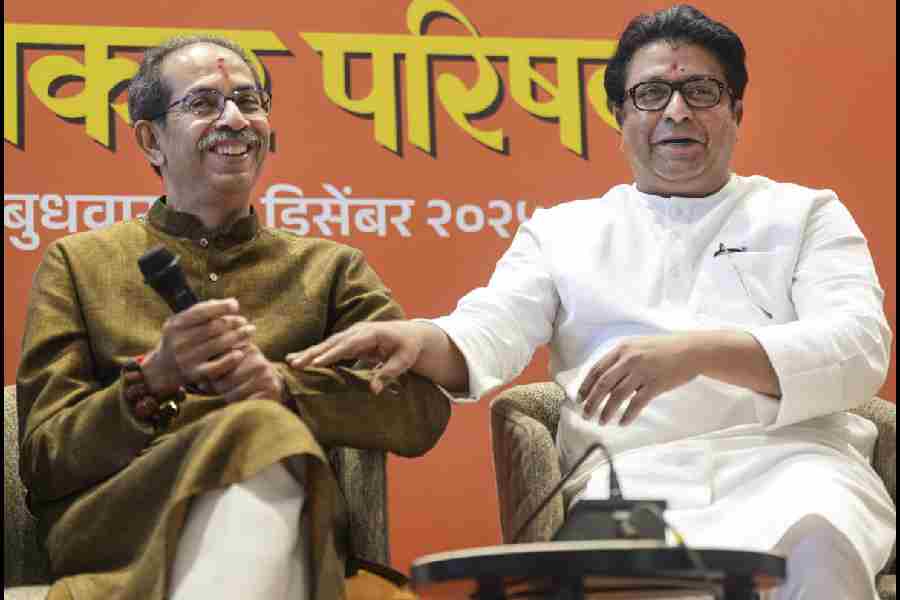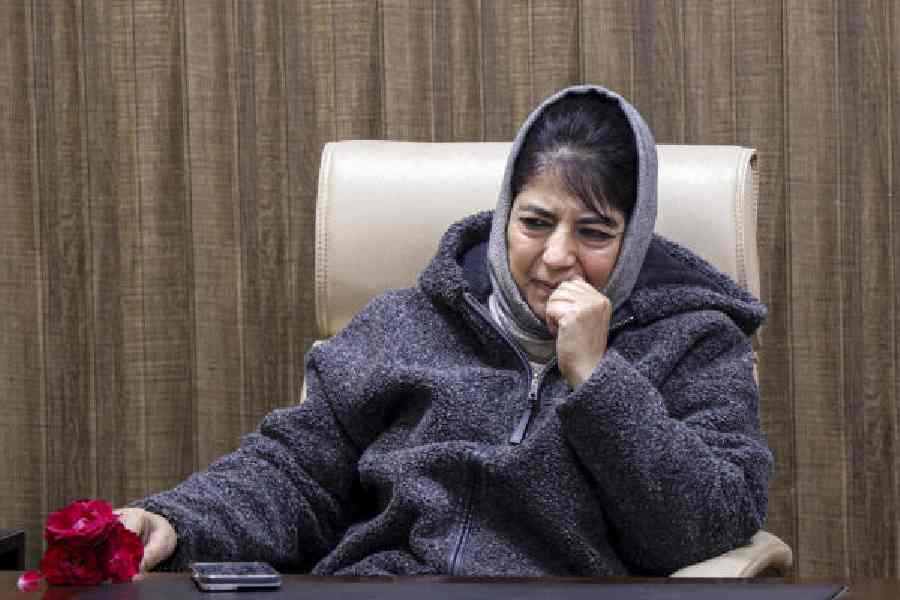 |
| The statue of Buddha in the Mahaparinirvana posture at Maher village on Wednesday. Telegraph picture |
The documentation team of Nav Nalanda Mahavihara (NNM) on Wednesday found the entire statue of Buddha in the Mahaparinirvana posture.
The size of the statue is 5-ft-4-inches long, 2-ft-10-inches wide and 10 inches thick. The statue has been found at village Maher under Tankuppa block in Gaya where one block of the statue was found around a month back.
A member of the documentation team Deepak Anand told The Telegraph that the Buddha’s sculpture in Mahaparinirvana posture from the Gupta period is a rare finding in Bihar. Historian Dilip Kumar, who has done a research on the Role of Asoka in Development of Buddhism said the statue of Buddha in the Mahaparinirvana posture has been found for the first time in Bihar. Dilip is a librarian with the Bodhgaya Temple Management Committee (BTMC).
Shivanandan Paswan, a heritage leader associated with NNM and who is actively involved in sensitising fellow villagers, said: “It could be their forefathers had half buried the sculpture to avoid theft.”
The villagers expressed happiness that people from the NNM were visiting them and creating awareness about conserving the legacy. “It’s unfortunate that all such sculptures of the Buddha are being treated as object of art and placed in museums. At a Bodhgaya seminar on Wednesday, it was stated that efforts should be made to create awareness towards the religious sanctity of the important images of Buddha and a temple should be constructed,” Paswan said.
Anand said when the significance of the rare sculpture was revealed to the community, the villagers were very happy and they hoped that now their village would get the due importance. The area in ancient times must have been a very important Buddhist centre. The place also has two very rare images of Amitabha Buddha. It is highly revered among the Pure Land Buddhist sect popular in Japan and other Mahayana countries.
During a seminar on Buddha and Peace organised at the meditation park of World Heritage Mahabodhi Mahavihara, Anand said the discovery and excavation of most of the Buddhist sites in the 19th and the 20th centuries were done on the basis of ancient Buddhist texts.
“Considering the situation at that time, the rich antiquities recovered from the sites, were removed to museums for safety and display. A 5th century red sandstone sculpture of Buddha in a preaching posture was recovered from Griddhak, during excavations in the early 20th century,” he said.
The sculpture is now at Nalanda Museum. The sacred sites are now archaeological sites sans the sculptures of Buddha and Buddhist deities that originally belonged to these places.
“It will be in interest of all the stakeholders to restore the ancient images with necessary security precautions and without compromising the archaeological significance of the site. Taking restoration of important sites to the next-level will send a positive message to followers of the teachings of the Buddha all over the world and will facilitate growth of pilgrimage,” Anand said.










